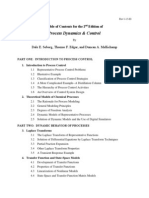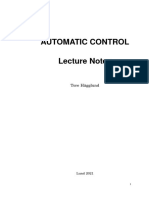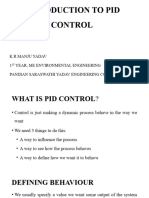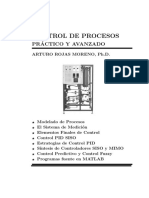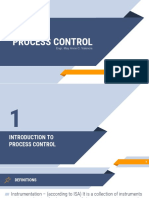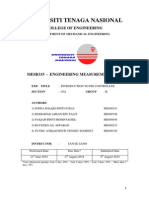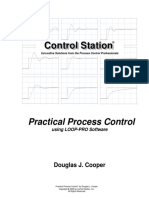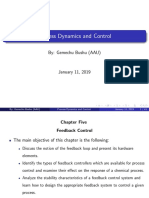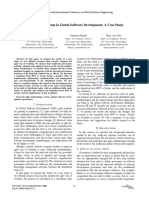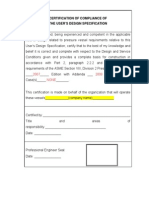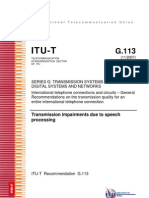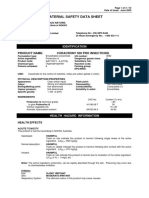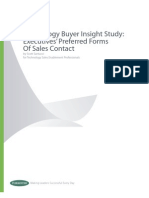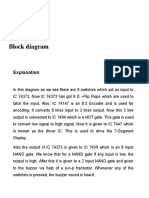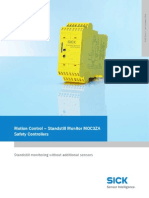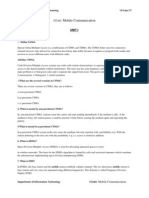0% found this document useful (0 votes)
70 views44 pagesStudent Version Merged - Process Control Short Lecture 2013
The document discusses elements of process control including feedback control, dynamic modeling, PID controller tuning, and other control issues. It provides examples of different control problems and simulations to illustrate concepts like proportional, integral, and derivative control modes. Process models like first order plus time delay are also introduced.
Uploaded by
DiogoCopyright
© © All Rights Reserved
We take content rights seriously. If you suspect this is your content, claim it here.
Available Formats
Download as PDF, TXT or read online on Scribd
0% found this document useful (0 votes)
70 views44 pagesStudent Version Merged - Process Control Short Lecture 2013
The document discusses elements of process control including feedback control, dynamic modeling, PID controller tuning, and other control issues. It provides examples of different control problems and simulations to illustrate concepts like proportional, integral, and derivative control modes. Process models like first order plus time delay are also introduced.
Uploaded by
DiogoCopyright
© © All Rights Reserved
We take content rights seriously. If you suspect this is your content, claim it here.
Available Formats
Download as PDF, TXT or read online on Scribd
/ 44

















